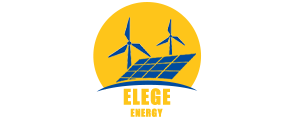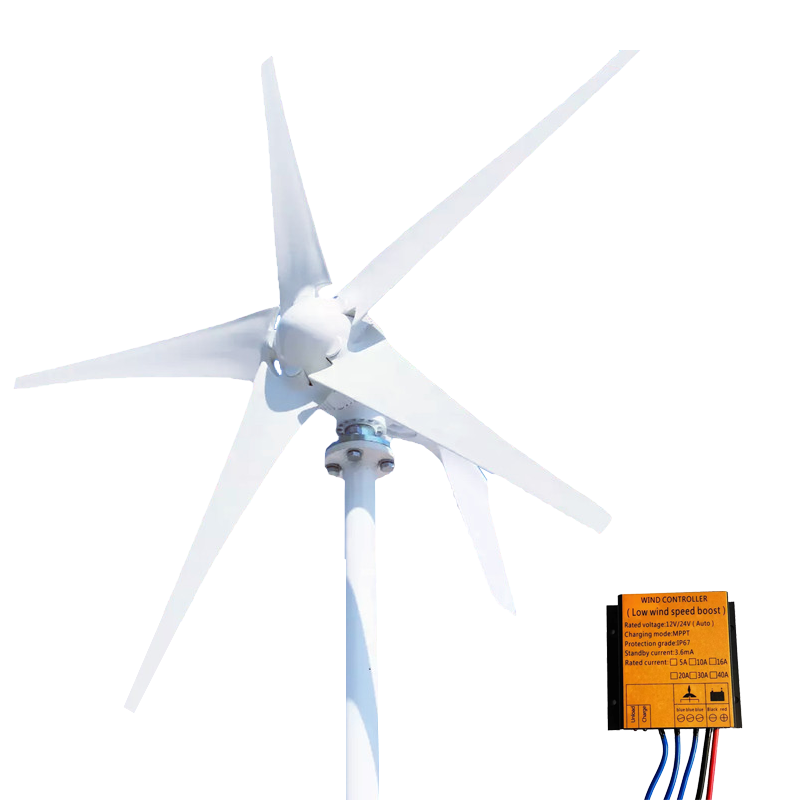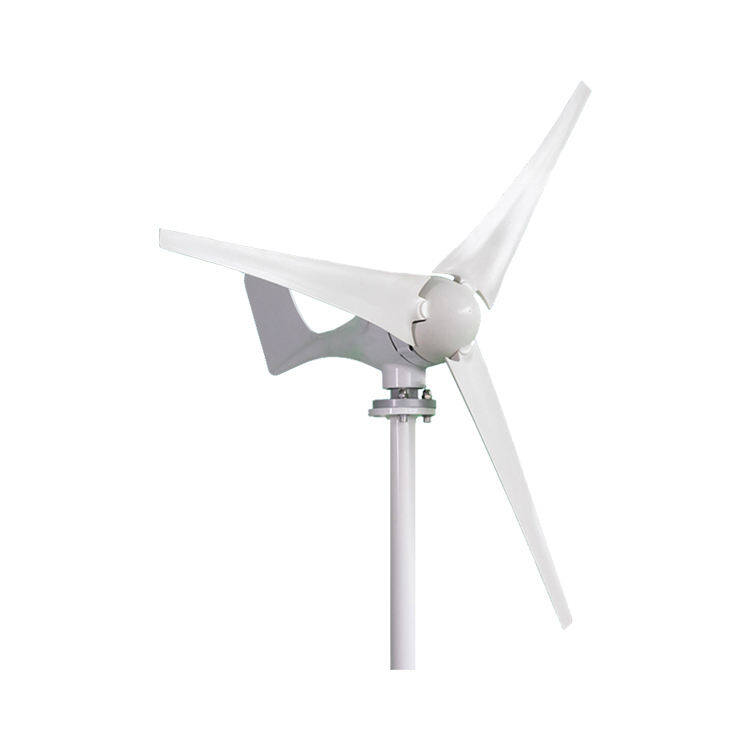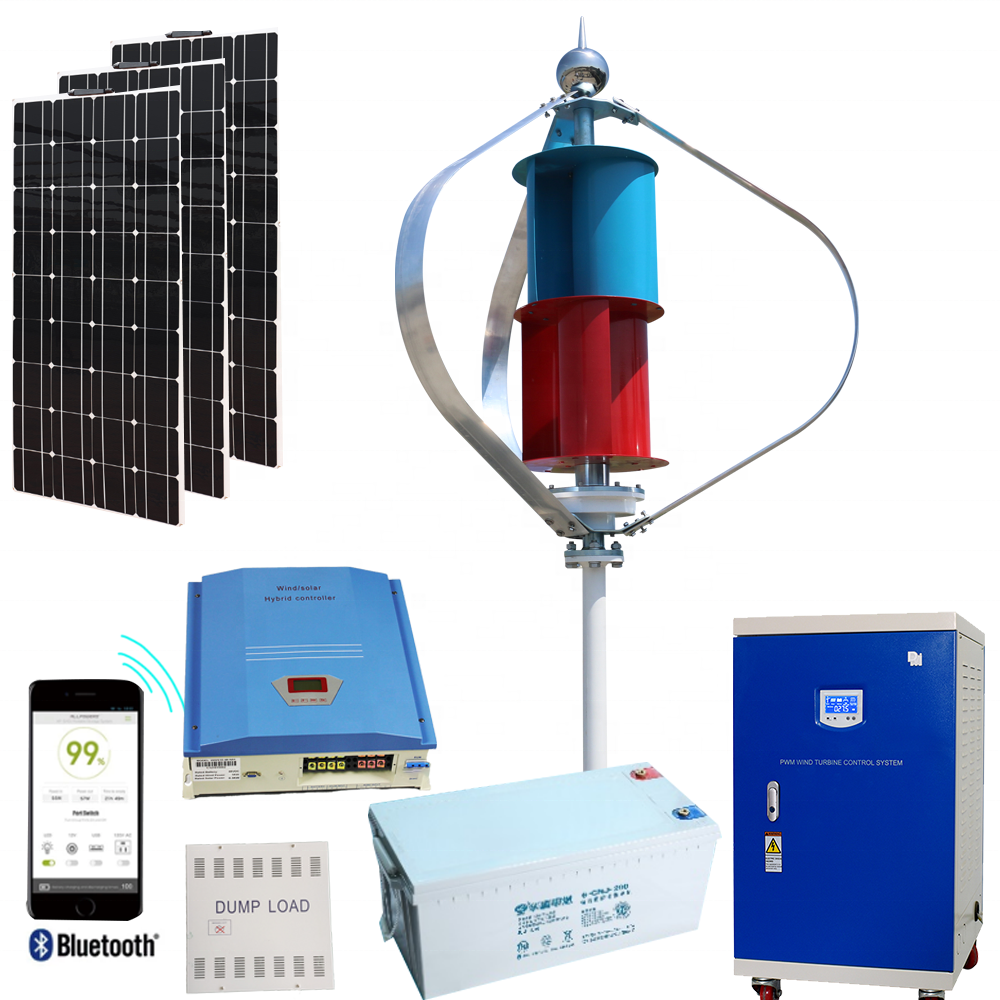Email format error
Email cannot be empty
Email already exists
6-20 characters(letters plus numbers only)
The password is inconsistent
Email format error
Email cannot be empty
Email does not exist
6-20 characters(letters plus numbers only)
The password is inconsistent

Horizontal axis wind turbine
Horizontal axis wind turbine
(63)Wind turbines have become a common sight in many parts of the world, as countries increasingly look to renewable energy sources to reduce their carbon footprint. Horizontal axis wind turbines (HAWTs) are one of the most popular types of wind turbines used today.
Introduction of our HAWTS
It is a type of wind turbine where the rotor shaft and the generator shaft are horizontal to the ground. HAWTs typically have two or three blades that rotate around a horizontal axis to generate electricity. The rotor is mounted on a tower, which can range in height from 20 to 100 meters.
Advantages of Horizontal Axis Wind Turbines
1. High Efficiency: They are designed to be highly efficient, and they can capture a large amount of energy from the wind. This makes them a cost-effective source of renewable energy.
2. Mature Technology: HAWTs have been in use for several decades, and the technology is well-established. This means that the maintenance and operation of HAWTs are relatively straightforward.
3. Scalability: HAWTs can be built in a range of sizes, from small turbines that can power a single home to large-scale turbines that can power entire cities.
4. Location: HAWTs can be located in a range of environments, from rural areas to offshore locations.
The shapes of Horizontal Axis Wind Turbines
They come in a variety of shapes and sizes, but the most common design is the three-bladed, upwind, horizontal-axis turbine. The blades of a HAWT are designed to be aerodynamic and are typically between 30 and 50 meters long, although some blades can be as long as 80 meters.
And the shape of the blades determines how efficiently the turbine can capture the energy in the wind. The blades are typically twisted along their length, with the twist angle increasing from the base to the tip. This allows the blade to maintain a constant angle of attack along its length, even as the speed of the wind changes.
Our special Horizontal Axis Wind Turbines here.
The shape and design of a HAWT can have a significant impact on its efficiency, noise level, and visual impact.
Our 6-bladed HAWTs tend to produce less noise than turbines with fewer blades, and each blade generates less turbulence as it moves through the air, resulting in quieter operation.
Improved orange sunflower-shaped HAWTs are designed to look sleeker and make them more aesthetically pleasing and less likely to cause visual pollution in landscapes and urban areas.
Horizontal axis wind turbines are a mature and well-established technology that offers a range of advantages as a source of renewable energy. And you can also custom HAWTs from us.
Small household 12v to 48v 300w 500w 800w 1000w wind turbine generator
A distributed energy source is a home wind turbine. To meet the demand for power from local customers, it is primarily employed in rural areas, pastoral areas, mountainous areas, growing major, medium, and small cities, or structures close to commercial districts. Due to their tiny, modular, decentralized, efficient, and dependable power generation modes placed close to customers, household wind turbines have emerged as a new type of distributed power supply with widespread development with the country's ongoing deployment of pertinent support policies. the potential for energy production and comprehensive use.
OEM ODM small 800w 12v/24v horizontal axis off-grid wind turbine generator with mppt wind turbine controller
Factory custom 100w to 100kw wind turbine, professional custom home wind turbine off-grid system, wind-wind complementary off-grid system
Customizable 1KW 2KW 3KW 5KW 10KW vertical axis wind turbine generator
A wind turbine is an electrical generator that uses wind energy to produce mechanical work, which turns the rotor and then produces alternating current. In general, wind turbines are made up of parts such wind rotors, generators (including apparatus), steering apparatus (tail fins), towers, speed-limiting safety apparatus, and energy storage apparatus.




